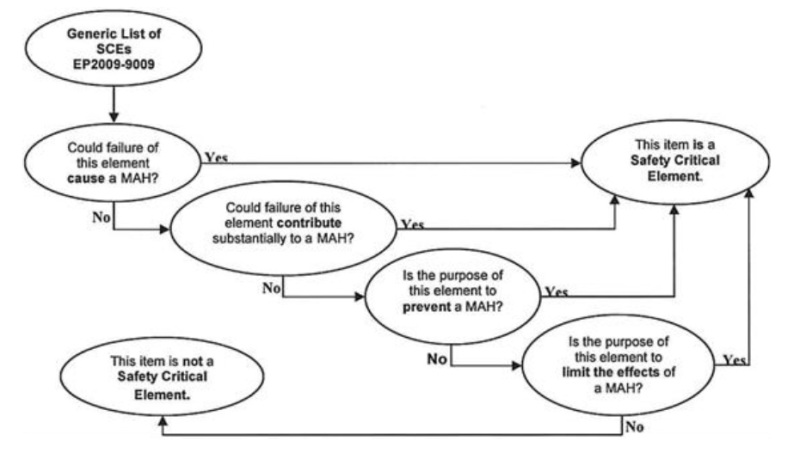ChEMatt
Chemical
- Jun 28, 2005
- 146
I was tasked with identifying and testing all critical instruments within our facilities. The first issue I am having is whether or not there is a definition of what a critical instrument actually is.
Searching online did not result in anything I would call "official". I did find a couple comments that an instrument is critical if:
* - Results from the instrument affect the final conformity of the product
* - Failure of the instrument results in downtime (ask yourself if you are tasked to get the plant up and running again, if it cannot be done without the instrument)
Is that the definition, officially or unofficially? Is there an official definition within PSM or some other OSHA or US government standard?
Thanks in advance for your help!
-matt
Searching online did not result in anything I would call "official". I did find a couple comments that an instrument is critical if:
* - Results from the instrument affect the final conformity of the product
* - Failure of the instrument results in downtime (ask yourself if you are tasked to get the plant up and running again, if it cannot be done without the instrument)
Is that the definition, officially or unofficially? Is there an official definition within PSM or some other OSHA or US government standard?
Thanks in advance for your help!
-matt

